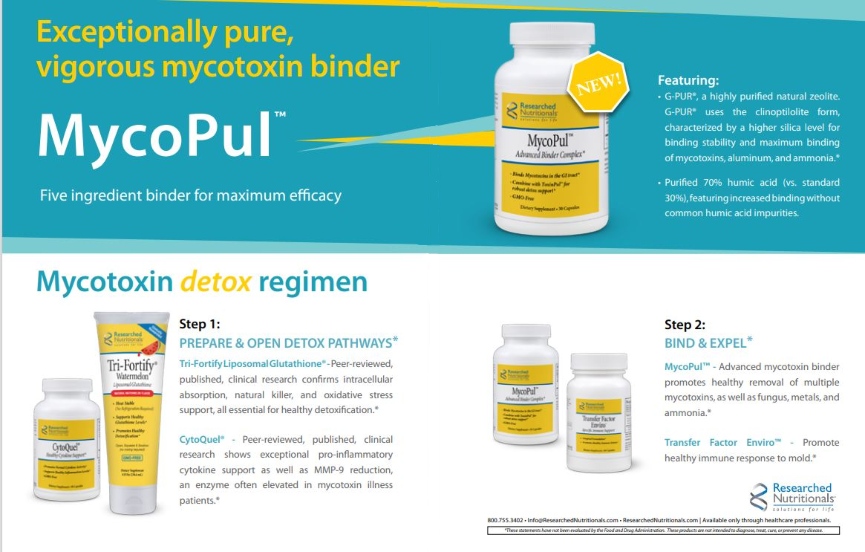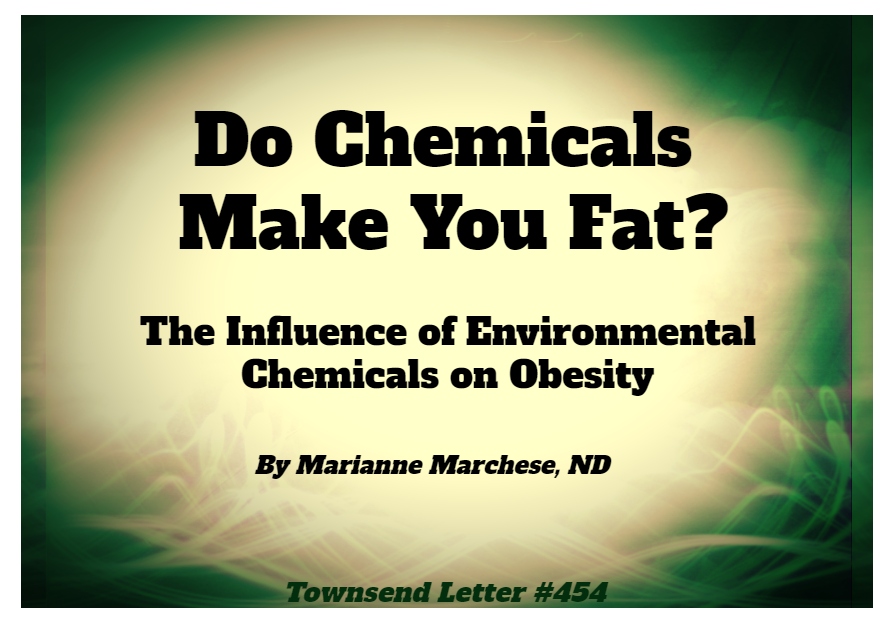…article continued:
There are other alarming recommendations in the NASEM report:
3. “A state-level certification program for providers seeking to start or continue to prescribe bioidentical hormones.”
Professional societies (which are often supported by money from the pharmaceutical industry) will promote “best practices” guidelines, stating when a provider should consider using a bioidentical hormone in lieu of an FDA-approved drug – essentially telling doctors when, how, and which formulations they could even think about using.
4. “Additional federal and state-level oversight.”
This expansive recommendation includes new mandates, inspections, paperwork, reporting requirements, and other onerous restrictions on compounding pharmacies.
The Response
The robust response of cBHRT professionals and the public to these challenges has been inspiring. Coming forward are millions of American women, and many men, that are being treated with compounded bioidentical hormones. Along with them are thousands of physicians, nurse practitioners, and physician’s assistants that are treating these women, as well as thousands of compounding pharmacies that are dispensing these hormones.
Memorandum to the FDA report. An immediate response to the FDA report came from Rachel Pontikes, an attorney with Reed-Smith, a prominent international law firm. Supported by several compounding pharmacies, she issued a profound legal memorandum to the FDA that has been published in the FDA docket.14 (https://www.regulations.gov/comment/FDA-2015-N-0030-8335) It contains many points of contention:
• The FDA is overstepping its mandate and is interfering with the rights of women to choose which methods of treatment they want for their health care.
• The FDA is also exceeding its legal authority and is overreaching by dictating to medical professionals how to practice medicine. Again, the FDA has been successfully challenged on this issue, in the past.
In a recent follow-up Supplemental Report15 to the FDA, Ms. Pontikes also pointed out the lack of credentialed legitimate authority of the members of the NASEM Committee, the interference of the FDA into the proceedings of the Committee, as well as the commercial conflicts of interest present in some of its members (https://a4pc.org/Common/Uploaded%20files/Advocacy/2021-03_cBHT-Supplemental-Comment-and-Exhibits.pdf).
APC: The Alliance for Pharmacy Compounding has mounted a phenomenal and multifaceted response. We recommend that you visit their website and participate in their calls to action (https://www.a4pc.org). Their commitment is prodigious and determined.
Coalition to Protect Compounded Bioidentical Hormone Replenishment Treatment (www.cbhrtcoalition.com). This is a coalition of numerous professionals and laypeople to address this coming threat to our health freedom. Members include physicians, nurse practitioners, attorneys, lobbyists, pharmacists, scientists, the strong presence of the APC, the Alliance for Natural Health (ANH), and excellent representation of women (www.WeTheWomen.com).
ANH – The Alliance for Natural Health (https://anh-usa.org) Always a major player in the protection of our healthcare rights.
We the Women (www.WeTheWomen.us). One of many organizations devoted to protecting the healthcare rights of women and deeply committed and involved in this bioidentical hormone challenge.
We invite all of you to join us (go to cbhrtcoalition.org). We are a central focus of much-needed synergy, energy, expertise, creativity, and co-ordination! Please send us your email and/or other contact information, so we can inform you about upcoming events, strategies, conference calls, campaigns, etc. and – also crucial – to be deployed at the best-coordinated timing. There are specific actions you can take to protect our personal and professional health care rights and freedoms. Join us.
Daved Rosensweet, MD

References
- NASEM = National Academy of Science, Engineering and Medicine’s Committee on the Safety and Efficacy of Compounded Bioidentical Hormones
- Premarin: estrogens derived from pregnant mares’ urine (hence the name, “Premarin”), and Prempro, which is Premarin combined with a synthetic and problematic progestin.
- https://jamanetwork.com/journals/jama/fullarticle/195120
- Premarin had a 0.79 relative risk (less risk if a woman is treated with Premarin than if not being treated. Prempro had a 1.26 RR, which was noted to be “statistically insignificant” in the body of the study.
- Buist DSM, et al. Hormone therapy prescribing patterns in the United States. 2004 Nov;104(5 Pt 1):1042-50. doi: 10.1097/01.AOG.0000143826.38439
- Manson, et al. Menopausal Hormone Therapy and Long-term All-Cause and Cause-Specific Mortality., JAMA. 2017 Sep 12; 318(10): 927–938
- Avrum Bluming, MD and Carol Tavris, PhD. Estrogen Matters, Why Taking Hormones in Menopause Can Improve Women’s Well-Being and Lengthen Their Lives — Without Raising the Risk of Breast Cancer. published September 4, 2018.
- Pinkerton JV, Santoro N. Compounded bioidentical hormone therapy: identifying use trends and knowledge gaps among US women. Menopause. 2015 Sep; 22(9): 926–936.
- Pinkerton JV, Constantine GD. Compounded non-FDA–approved menopausal hormone therapy prescriptions have increased: results of a pharmacy survey. Menopause. 2016 Apr; 23(4): 359– 367.
- The Clinical Utility of Compounded Bioidentical Hormone Therapy: A Review of Safety, Effectiveness, and Use. https://www.nationalacademies.org/our-work/clinical-utility-of-treating-patients-with-compounded-bioidentical-hormone-replacement-therapy
- https://www.fda.gov/drugs/human-drug-compounding/national-academies-science-engineering-and-medicine-nasem-study-clinical-utility-treating-patients
- The Clinical Utility of Compounded Bioidentical Hormone Therapy: A Review of Safety, Effectiveness, and Use https://www.nationalacademies.org/our-work/clinical-utility-of-treating-patients-with-compounded-bioidentical-hormone-replacement-therapy, Section page 217
- See 21 US Code 353a(b)(3) and 353b for verification.
- Reed, Smith: Rachel Pontikes https://www.regulations.gov/comment/FDA-2015-N-0030-8335
- Supplemental Report from Reed, Smith: Rachel Pontikes. https://a4pc.org/Common/Uploaded%20files/Advocacy/2021-03_cBHT-Supplemental-Comment-and-Exhibits.pdf





